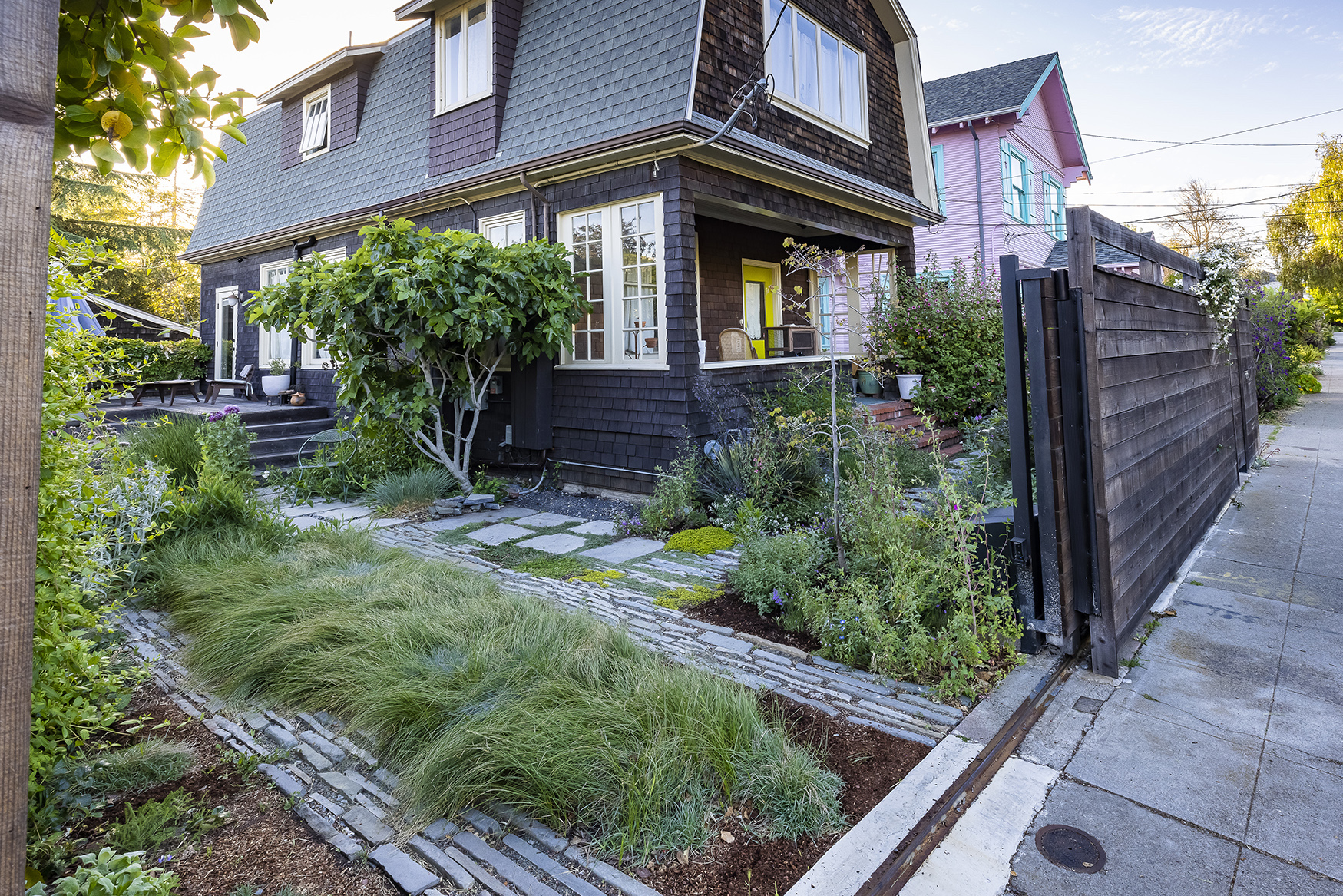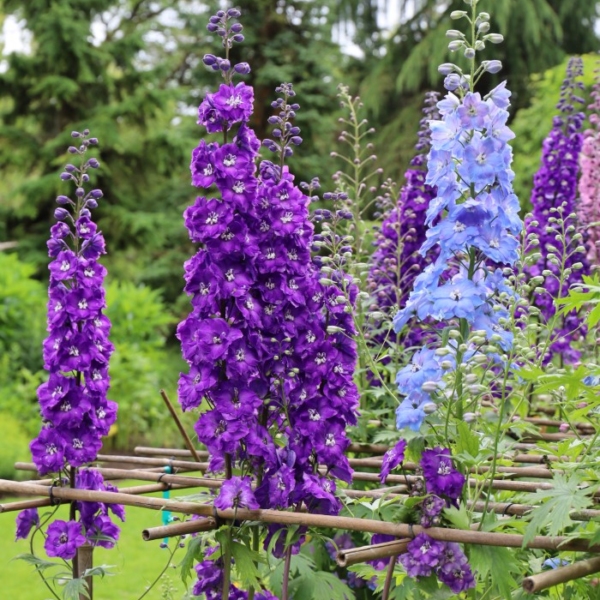Shrink the driveway.
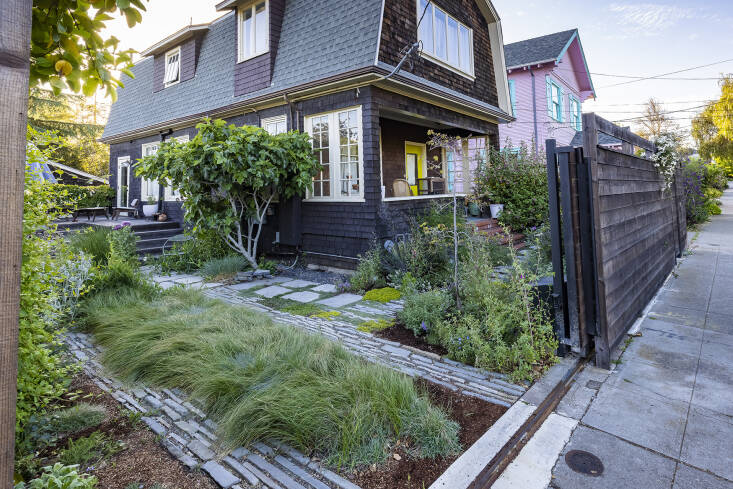
In addition to changing the material, Mariposa often reduces the overall size of the driveway, which allows them to widen garden beds or sneak in new planting space around the driveway. In some designs they will add stone paths or a small patio adjacent to the parking area as well.
Consider ledgestone.
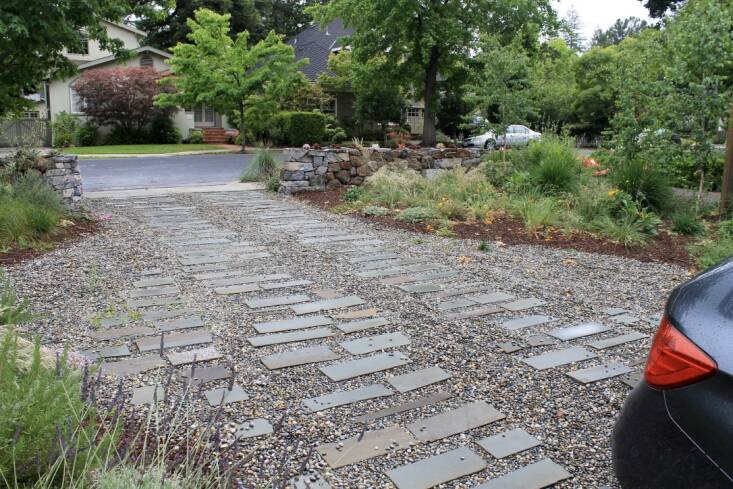
It’s typical to see stone blocks at the borders and apron (where the driveway meets the road) of gravel driveways to keep the smaller pebbles in place. The firm has developed a unique method of embedding ledgestone (normally used for dry-stacked walls) into gravel driveways. The flat stones are laid vertically in four to six inches of gravel, so they’re set on top of base rock. “It’s nice because as your tire drives over that surface, they’ve got a hard surface to land on,” says Hurd. “The other advantage, of course, is they look really beautiful.”
Lay down grass block pavers.
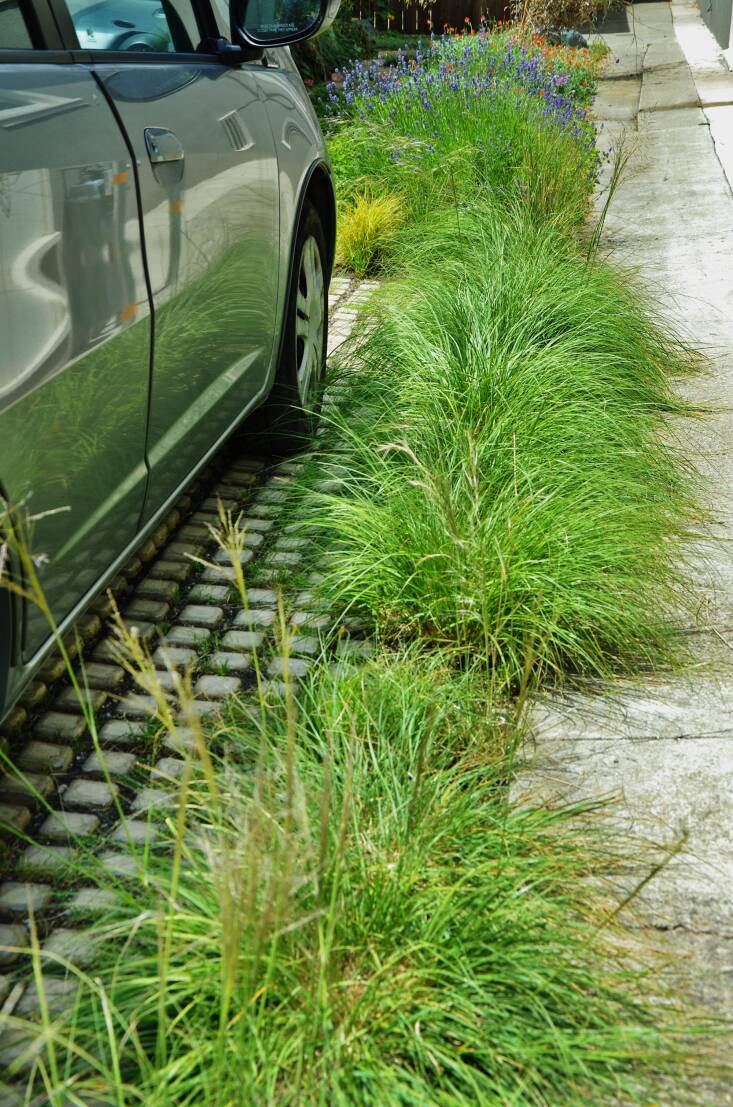
If you have a flat driveway, you might be tempted to try concrete blocks that are designed for permeable paving, but Hurd says to skip the concrete. “We avoid anything that’s concrete-based if we can,” says Hurd, explaining that the production of concrete is a huge source of carbon emissions. In practice, that means that the firm sets stone into rock and sand—not concrete—and they use natural stone or recycled composites like the Drivable Turf® blocks they use for their driveable meadows. These recycled concrete and clay blocks manufactured by Soil Retention come on a flexible mat, so they are easier to install than other types of permeable blocks. Seeded with drought-tolerant grasses or sedges, the plants can be cut short leaving the grid exposed, or if you let it grow long, the blocks will almost disappear. (See Everything You Need to Know About Grass Block Pavers.)
Plant within the driveway.
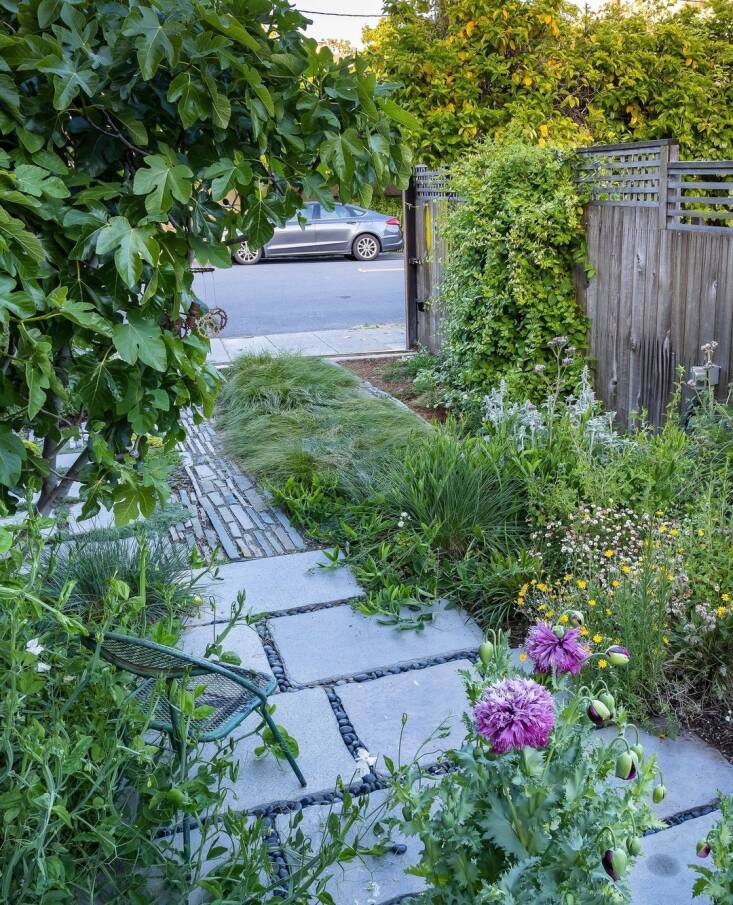
Plants are the final piece of the permeable paving puzzle. The team at Mariposa likes to plant their driveable meadows with native grasses and sedges instead of traditional turf grass. “Then you’re not constantly mowing it. They only grow a few inches a year,” says Hurd. The firm often uses sedges, including sand dune sedge (Carex pansa) and clustered field sedge (Carex praegracilis), which are west coast natives usually found in wetlands. “A lot of wetland plants are very drought tolerant. It’s a little counterintuitive, but they dry out seasonally in nature, so they can tolerate getting dry,” says Hurd. Two tough native grasses Mariposa uses for western driveways are buffalo grass (Bouteloua dactyloides) and blue grama (Bouteloua gracilis).
Note: If you decide to create your own driveable meadow in a drought-prone area, you may need to set up sprinklers or water by hand, during establishment.
